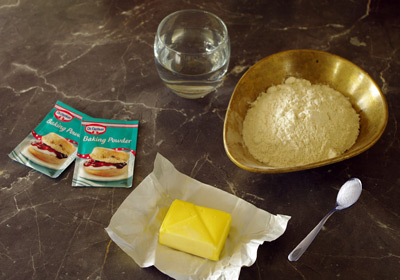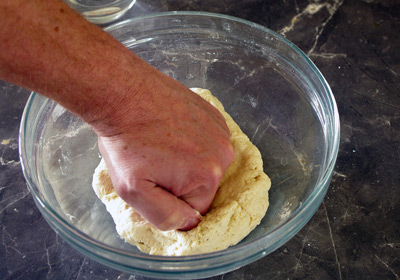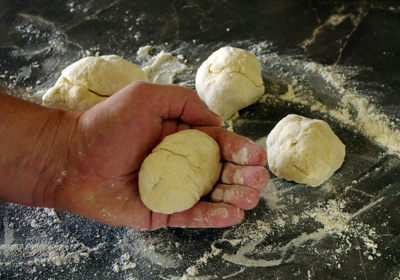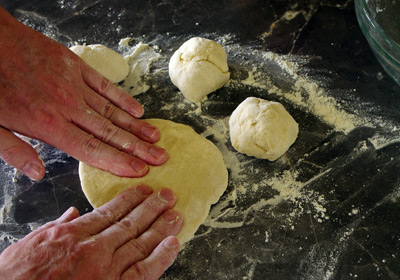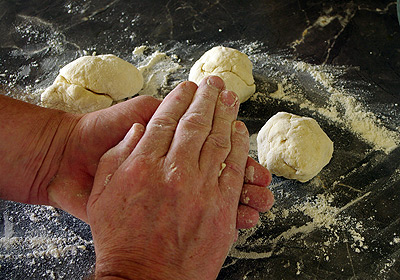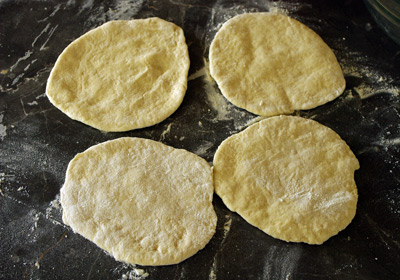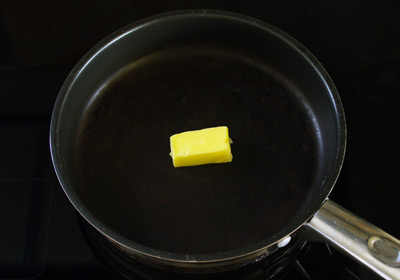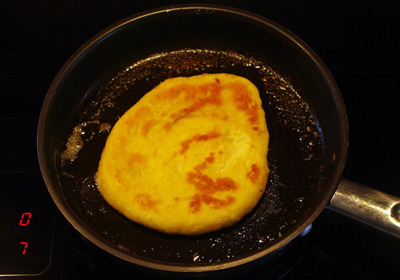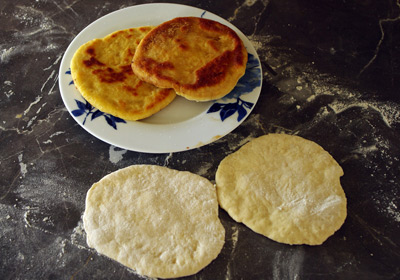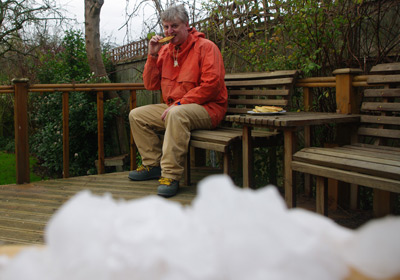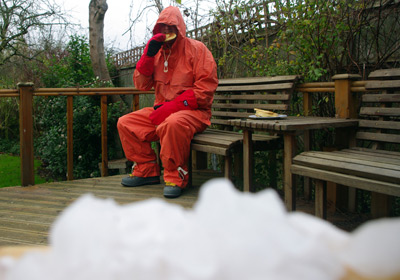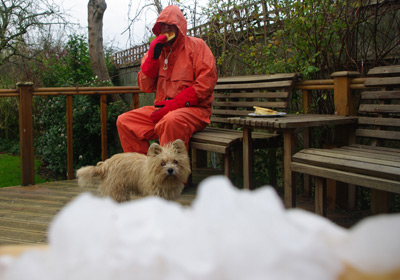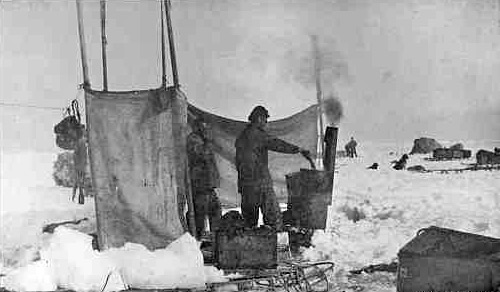
Antarctic Bannocks Recipe
Food from the Deep South
Bannocks became a very important foodstuff for Ernest Shackleton and his men when adrift on the ice after their ship the Endurance sank in November 1915. They were cooked on an improvised stove fuelled with seal and penguin blubber.
"The new stove made from the ship's ash-shoot is
now rigged up in the galley and has already proved itself
a great success, the cook finding that he can make bannocks
on it, as we have a whole case of baking powder."
-
Thomas Orde-Lees diary 10th November 1915, Ocean Camp.
Bannocks are a simple form of bread akin to many found around the world, the name bannock is of Celtic origin from the north of England and Scotland, the name is used throughout the UK, the USA and Canada. They are made from flour, salt, water and fat and are often leavened with baking powder. They are usually fried in lard or butter or can even be cooked by wrapping round a stick and holding it over a fire. They are a quick and easy way of providing tasty carbohydrates with minimal equipment that can be used in any way that bread can, they go with almost any kind of spread, or can used to mop up soups and stews.
The bannocks made by Green and Blackborow the cooks on the ice floe with Shackleton were about 2.5 ounces. 800 of them were made for the march across the ice by all hands in December 1915.
The Recipe (or rather, a recipe)
Ingredients
200g plain white flour
10g baking powder
(my shop didn't have tubs of it so I had to
buy those silly little packets)
1 tsp salt
40g butter
100ml cold water
-
Mix the flour, salt and baking powder together gently and thoroughly.
-
Add a little of the water and mix to a soft pliable dough, adding a little water at a time to get the right consistency, you may not need all of the water and while you can add more, you can't remove it, knead the dough for a couple of minutes.
-
Take the ball of dough on a lightly floured surface, tear it into 4 equally sized pieces.
-
Roll each piece into a ball using the palms of your hands.
-
Flatten the balls into rounds, you could use a rolling pin or just use your hands to press them outwards, thin is good here so they cook quickly, they should be about 5mm or 1/4" thick.
-
Place a piece of butter, about 10g into a frying pan and turn to a high heat. Some recipes will state that you should melt the butter and add it to the flour mix before kneading, the choice is yours, I find this more straightforward and makes the dough easier to use, Cut the butter into pieces and use one per bannock as they will soak it all up during the cooking process leaving little for the next one.
-
Add your uncooked bannock and leave for about 2 minutes, use a spatula to lift and turn it over, they stiffen as they cook making them easier to handle. Don't worry if it's not cooked enough, you can always turn it over again so that both sides are cooked evenly.
-
Remove and serve or stack on a plate while you cook the others.
Today the members of one tent expressed their indifference
as to whether they had to share (one bottle) of Heinz's
mustard dressing of which I am particularly fond. I asked
what they would have in exchange and they replied "four
bannocks". I closed with them on behalf of my own tent,
thinking that I would easily be able to get four out of
our eight members to contribute one bannock each towards
the purchase of so unique and piquant a dainty, but when
it came to the point I found none of my tent-mates willing
to forego the solid satisfaction of the bannock in favour
of the somewhat ethereal condiment.
- Thomas
Orde-Lees diary 10th November 1915, Ocean Camp.
Eating bannocks in character
I thought I'd get into character to try my Shackleton style bannocks properly so got my Antarctic gear on (not all of it, I'd overheat) took up station on my deck (deck- ship, arf!) and arranged my camera behind a passing ice-berg.
As time went by I had to put on more gear due to plummeting temperatures and then I was joined by a sled dog so I offered her some bannock which she just licked the butter off, dogs love fat.
They were especially good when spread with honey while still warm - recommended.

